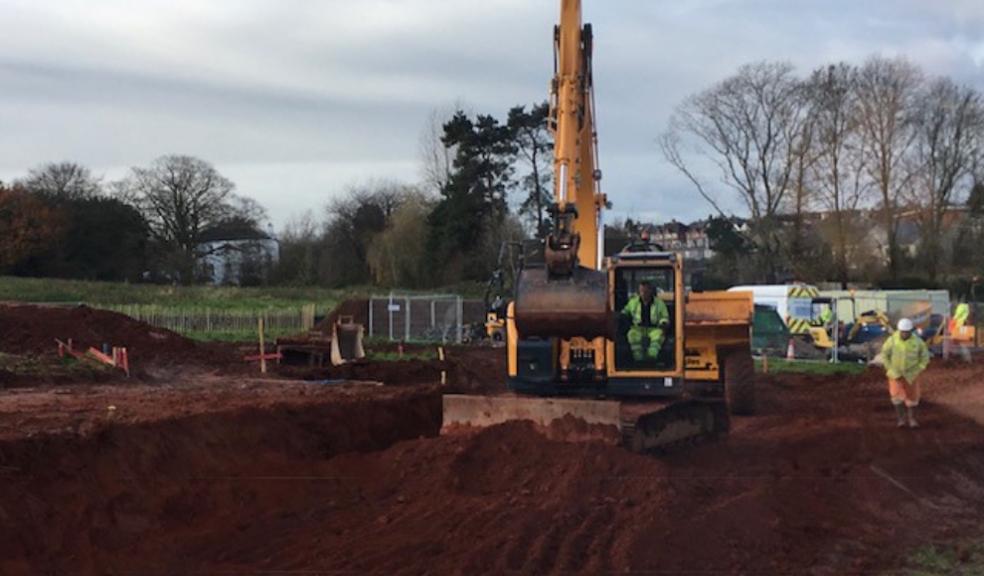
Damp Proofing during Construction - Tips for Addressing Damp Before it Starts
Embarking on the exciting journey of constructing your dream home is a thrilling endeavour. Amidst the blueprints and the buzz of construction, one critical aspect often overlooked is damp-proofing. Addressing damp issues during the construction phase ensures a solid foundation for your home's future.
Let's delve into some must-have tips on how you can keep dampness at bay before it even thinks about settling in!
Understanding the Significance of Damp-Proofing
Damp issues, if left unattended, can wreak havoc on a home, leading to structural damage and health concerns. Damp-proofing during construction is like giving your home a superhero shield against the forces of moisture.
- Choose the Right Building Materials: Opting for moisture-resistant building materials is your first line of defence. Materials like pressure-treated wood, moisture-resistant drywall, and impermeable membranes can go a long way in preventing moisture infiltration.
- Invest in Proper Site Preparation: Before laying the foundation, invest time in meticulous site preparation. Ensure proper drainage by grading the land away from the building, preventing water from pooling around the foundation. This proactive step sets the stage for effective damp-proofing.
- Implement Waterproofing Membranes: Incorporating waterproofing membranes in key areas is a game-changer. Applied to foundations and below-grade walls, membranes like Visqueen EcoMembraneact as a barrier against groundwater, ensuring that moisture stays where it belongs—away from your home.
- Seal Cracks and Joints with Precision: An often underestimated but critical step is sealing cracks and joints in the construction. Use high-quality sealants to close off potential entry points for moisture. It's akin to giving your home an impenetrable armour against the elements.
- Ensure Proper Ventilation Systems: Integrate effective ventilation systems during the construction phase. Proper airflow helps in keeping moisture levels in check, preventing the buildup of dampness within the home. It's like giving your house a breath of fresh air, quite literally.
- Consider Elevated Floor Construction: Elevating the floor slightly can be a game-changer. This method prevents direct contact with the ground, reducing the risk of moisture wicking up into your home. It's a simple yet effective strategy for long-term damp-proofing.
- Pay Attention to Roofing Techniques: The roof is your home's first line of defence against the elements. Choose durable roofing materials and ensure proper sealing to prevent leaks. A well-built roof is like a trustworthy umbrella, shielding your home from storms.
- Regular Inspections for Early Detection: Incorporate regular inspections into the construction process. Early detection of potential damp issues allows for swift intervention. It's like giving your home regular check-ups to ensure it stays in tip-top shape.
- Plan for Landscaping with Drainage in Mind: Even before the first seed is planted, plan your landscaping with drainage in mind. There are a range of landscaping techniques to prevent water from pooling near the foundation, contributing significantly to damp-proofing efforts.
As you can probably deduce, damp-proofing during construction is not just a precaution; it's a proactive investment in the longevity and well-being of your home. These friendly tips ensure that your home stands strong against the test of time, welcoming you into a dry, comfortable haven for years.








